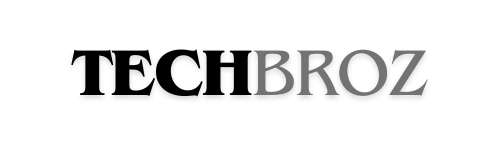You know Linus Torvalds as the creator of Linux, but what happens when the programming legend turns his attention to music technology? His latest GitHub project reveals something fascinating about the intersection of coding creativity and musical innovation.
Here’s what you need to know:
- Torvalds created an open-source guitar pedal design that’s gaining unexpected traction
- The project uses the DaisySeed platform for digital signal processing
- This isn’t just another hobby project – it demonstrates hardware democratization
- The design includes complete schematics and board layouts for anyone to use
The Unexpected Project That’s Turning Heads
When most developers think of Torvalds, they imagine kernel development and version control systems. But here’s the reality: creative coding often spills into personal passions. The GuitarPedal repository contains complete KiCad project files for building actual guitar effects pedals.
What makes this project stand out isn’t just the famous creator. It’s the thorough documentation and professional-grade design files. Unlike many hobby projects, this includes proper schematics, component libraries, and board layouts that actually work.
The design focuses on modularity and customization. You’re not just getting a single pedal design – you’re getting a framework that lets you experiment with different effects and configurations. This approach mirrors how open-source software encourages iteration and improvement.
How This Changes the Hardware Game
Traditional music hardware companies guard their designs like state secrets. But here’s what’s actually happening: open-source hardware is democratizing music technology. When someone like Torvalds releases professional-grade designs, it sets a new standard for accessibility.
The project uses the DaisySeed platform, which is essentially a microcontroller specifically designed for audio applications. This choice matters because it makes digital signal processing accessible to musicians without electrical engineering degrees.
Think of it like this: instead of buying a $300 pedal, you could build something comparable for about $50 in parts. The barrier isn’t cost anymore – it’s knowledge. And projects like this dramatically lower that knowledge barrier.
What’s interesting is how the design incorporates both digital and analog components. The digital processing handles the effects algorithms while the analog components manage signal conditioning and audio quality. This hybrid approach delivers professional results without professional prices.
Why This Matters Beyond Music
You might wonder why a guitar pedal project deserves attention. The reality turns out to be about more than just music. This project demonstrates how open-source principles can transform physical product development.
Hardware development has traditionally required significant capital investment and specialized manufacturing relationships. But open-source hardware changes that equation completely. Now, anyone with access to PCB fabrication services can create professional-grade electronics.
The project’s structure reveals another important insight: good documentation matters as much as good design. The repository includes not just design files but also explanations of why certain design choices were made. This educational aspect accelerates community learning.
Here’s the thing: when experienced developers share their personal projects, they’re not just sharing code. They’re sharing their thought processes and problem-solving approaches. This knowledge transfer benefits the entire community, not just the immediate users.
The bottom line:
Torvalds’ guitar pedal project represents something bigger than another GitHub repository. It shows how open-source principles can transform hardware development, making professional-grade technology accessible to everyone. Whether you’re a musician, developer, or maker, this project demonstrates that barriers to creation are falling faster than ever.
The next time you think about building something physical, remember: the tools and knowledge are more accessible than you imagine. Projects like this prove that with good documentation and open sharing, anyone can create amazing things.



